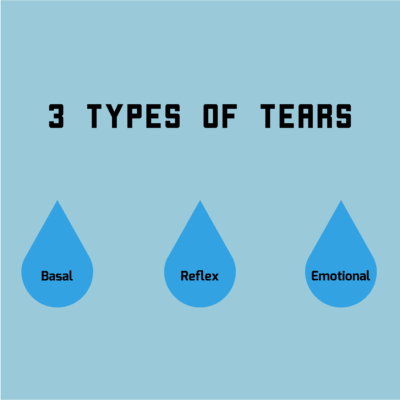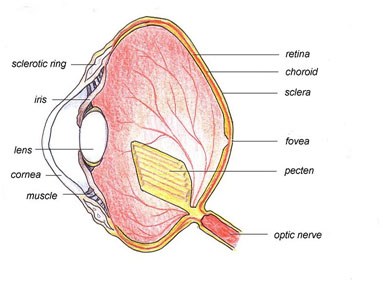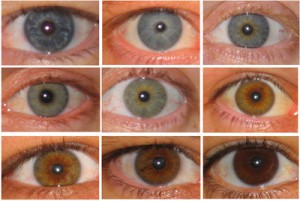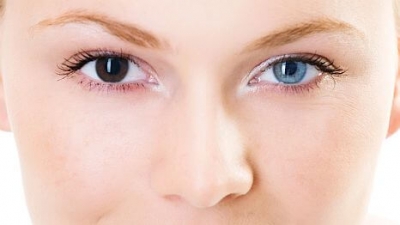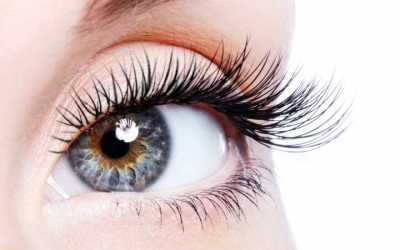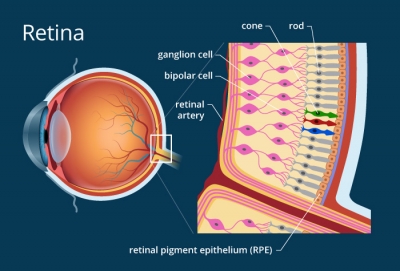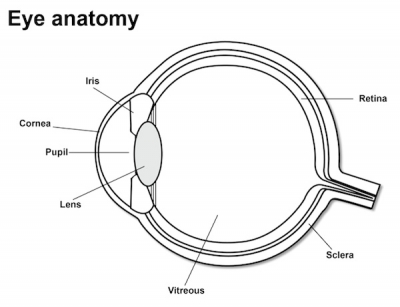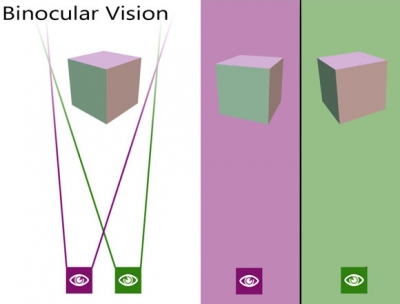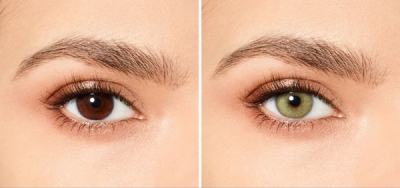Why do I have thumbs?

Having no thumbs would make you all thumbs, fumbling to tie your shoes or assemble a hamburger. (Don’t believe us? Tape one your thumbs against the side of your hand and see how hard life becomes.) We inherited a fully ‘’opposable’’ thumb – named for its ability to close tip-to-tip against our other fingers – from our primate ancestors around two million years ago. These ancient relatives needed handier hands to help get a grip on simple tools. So give a thumbs-up to your thumbs. They’re the mains reasons you can text with one hand and build a burger without fumbling the bun.
It might not sound very fancy, but lots of animals don’t have this opposable finger and cannot grasp things the way we do. The most important thing we get from grasp is probably the ability to use tools. The use of tools has made it possible for humans to do everything from creating fire for cooking food and making warmth, to building homes and shelters, to learning how to write!
Picture Credit : Google



